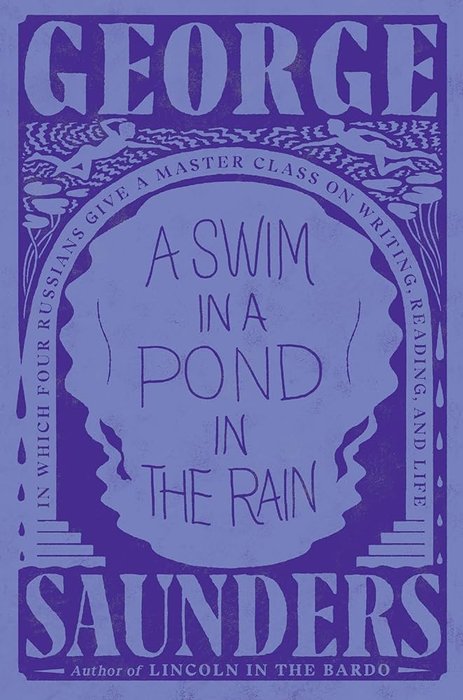Everything I Learned From George Saunders on Storytelling
Because I’m a former engineer, let me list the bits constituting those eleven (possibly extraneous, currently under investigation) pages below. And also, I am going to italicize the bits in which meaningful action occurs,
George Saunders • A Swim in a Pond in the Rain: In Which Four Russians Give a Master Class on Writing, Reading, and Life

Word for word, this is the most insightful book on writing I’ve found.
7 of my favorite ideas from it:
1. Story as a Transfer of Energy
“We might think of a story as a system for the transfer of energy. Energy, hopefully, gets made in the early pages and the... See more
